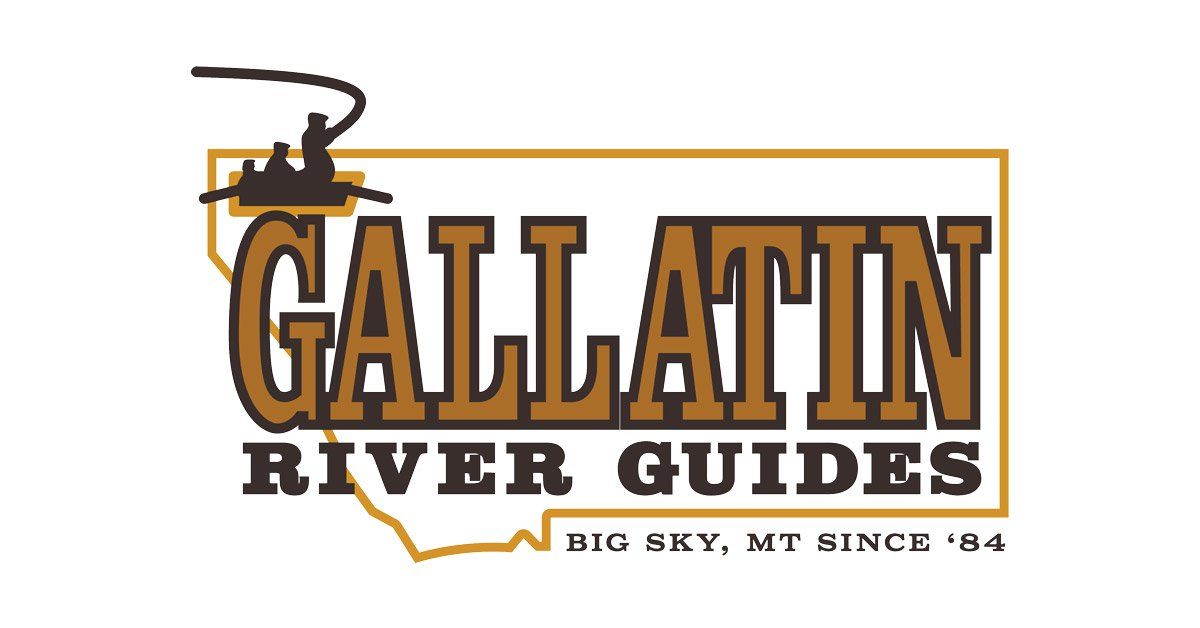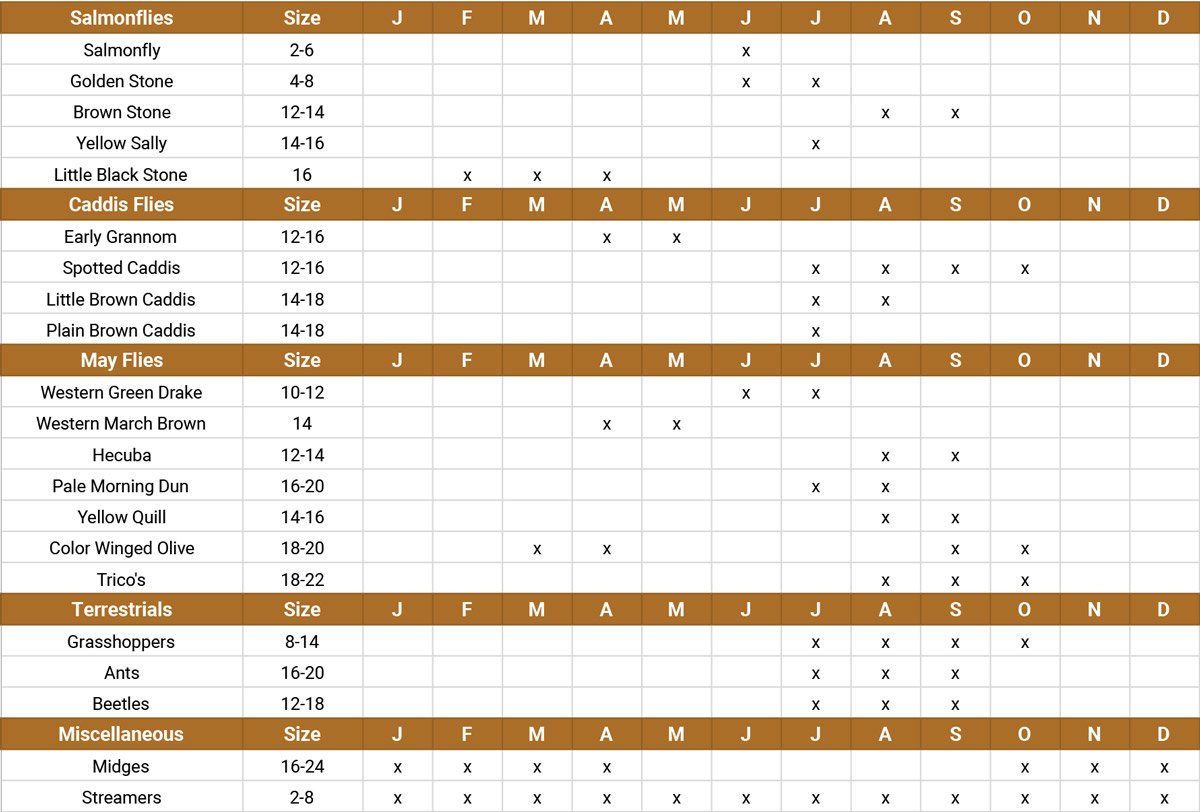Breathtaking scenery and adventure awaits you on The Yellowstone River
Fly Fishing On The Yellowstone River
Surround Yourself With Breathtaking Scenery While You Fish
Favorite Stretch: Chico Hot Springs to Livingston
Seasons: Year-round
Prime Hatches: Caddis, salmon flies, and stoneflies.
If Montana had a Yankee Stadium, the Yellowstone River would be it. The Yellowstone River is over 200 feet wide in most parts and its peak flow is over 15,000 CFS!
It begins in Yellowstone National Park, flows through Paradise Valley (aptly named for its majestic peaks), banked by cottonwoods and back-dropped by four distinct mountain ranges.
Because the river drains such a large area and much of the drainage area is high mountain country, Yellowstone experiences a prolonged runoff well into June and sometimes July. For some, this adds to the excitement of fishing this river because the only way to know when it is fishable requires local knowledge.
Want to experience the beauty of the Yellowstone River yourself?
SECTIONS OF THE YELLOWSTONE RIVER
YELLOWSTONE NATIONAL PARK BOUNDARY TO THE MOUTH OF YANKEE JIM CANYON
As the river tumbles out of Yellowstone Park at the town of Gardiner, anglers can begin to float fish the river and access becomes easier than in the remote sections of YNP. Wading anglers have a little more trouble wading because of the steep banks and willows that align the banks. Most people serious about fishing this stretch opt for a float trip.
This stretch is often referred to 16-or-so miles of water upstream Yankee Jim Canyon. Yankee Jim Canyon has three major rapids and many float-fishing anglers tend to stay out of the canyon. Whitewater enthusiasts and guides can be found floating the canyon on any given day.
The fishing in this stretch is fun and fast and Yellowstone cutthroats make up the bulk of the fish on this stretch. This typically means that on most days anglers will have plenty of fishing to dry flies, but the lack of many fish over 16 inches keeps many guides and locals from making this stretch a prime run. Browns, rainbows, and whitefish can also be found.
From Carbella Bridge/Yankee Jim Canyon to Emigrant Bridge/Chico Hot Springs
As the river leaves Yankee Jim Canyon it opens up into a broader valley where anglers can view the Hyalite Peaks, Ramshorn Peak, and the Absorakas to the northeast. From here on out the river is easily wadeable and floating requires no special skills or worries. For floating anglers from here to Columbus there is only one tricky section in the town of Livingston which we will cover later.
Because the river emerges from a canyon wind is often a factor on this stretch. Add the geography of the surrounding mountains and the closeness of the Yellowstone Plateau and this stretch of water is often the windiest on the entire run of the Yellowstone. Nearly every morning the wind is blowing downstream until mid-morning where there is a slight lull, but then, as most guides will attest because they can set their watches to it, the wind will kick up again around 2 PM.
Fishing in this stretch is primarily for Yellowstone cutthroat, rainbows, and browns. Rocky Mountain Whitefish can also be found in abundance. The further one fishes downstream the number of Yellowstone cutthroats decline, due mainly to the dewaterization of the many tributary streams. Irrigators take out a lot of water from the small streams and these streams will often run dry by the time the cutthroat fry are ready to re-enter the Yellowstone.
From Emigrant/Chico Hot Springs to Livingston
For nearly 30 miles the river bends and braids at the foot of the majestic Absoraka Mountains. The river sits at around 4,000 feet in elevation and the peaks of the Absorokas, which rise quickly to almost 11,000 feet, provide a jaw-dropping backdrop to this entire section of river. This beauty alone is perhaps the main reason this stretch is the most popular for floaters and anglers.
The Mother's Day caddis hatch here can be that of epic proportions brining to the surface some of the rivers biggest fish. But if the caddis are not full force the willow-lined banks and cottonwoods along the river's edge provide ample habitat for salmon flies and the salmon fly hatch on this stretch can also provide amazingly good fishing.
In the cooler fall months anglers looking for a trophy trout will certainly be stripping streamers anywhere along these thirty miles. Add to the possibility of twenty-inch trout the freshly snowed-upon peaks and changing cottonwoods and this is arguably one of the most desirable chunks of water in Big Sky Country.
From Livingston To Big TImber
The first 10 or so miles around Livingston is not as crowded as one would think. The main reason is due to one tricky turn the river makes at the 9th Street Bridge. Experienced boaters will have no problem and inexperience boaters, in most years, will be fine. However, it would be advised to float this stretch with an experienced floater before attempting this stretch on your own.
The fishing downstream of Livingston is fairly straightforward: long riffles, high banks with exposed cottonwood roots, and long medium fast moving runs. Anglers will find mostly brown and rainbow trout with the rare Yellowstone Cutthroat trout scattered here and there. But what you have below Livingston that can be hard to find above town is solitude, and for good reasons: access points are spaced farther apart, the wind tends to blow on a regular basis, and because there are less fish from Livingston down, many anglers opt for the beauty and higher fish numbers of Paradise Valley rather than the longer floats, less access, and less fish than the water downriver of Livingston.
Once the river crosses under US Highway 89 and the Shields River flows into the Yelly, the river turns almost due east. Lewis and Clark dubbed this "the big bend," and from here on out the river is out of the mountains and onto the high plains. Views of the Crazy Mountains and Beartooth Ranges are spectacular and the river feels like a large prairie river than a high mountain stream.
Once the river nears Big Timber it becomes less braided, widens, and is known for large brown trout and the occasionally rainbow. Breathtaking views of the Crazy Mountains and Beartooths often making fishing this stretch difficult-anglers watch the mountains instead of their fly!
From Big Timber To Columbus & Billings
Few anglers target this stretch on a daily basis. And most local anglers sort of like it that - it keeps the river uncrowded, undeveloped, and relatively unknown. Most angling maps and books tend to leave out the information about the Yellowstone below the Greycliff access, about 10 or so river miles below Big Timber. There are a few reasons for this: local anglers like to keep that stretch to themselves, low late summer flows and irrigation draws don't offer a lot of cool water, and the dewatering of tributary streams offer little in the way of spawning habitat for younger fish.
However, for those anglers desiring solitude instead of more fish, the Yellowstone from Big Timber to Columbus offers a respite from the crowds of Paradise Valley and a beautiful float any time of year. The fall is perhaps the best time to be on this water-the cottonwoods are awash with color, big brown trout are on the move, and the water is much cooler than in the summer.
Near the town of Columbus the Yellowstone is joined by the Stillwater River. The Stillwater is a fast flowing stream coming from the heart of the Beartooth Mountains. This influx of cold, clear water causes an increase of fish numbers for the Yellowstone around Columbus and downstream. However, it is no way provides enough cold water to sustain a great trout fishery for many miles below the confluence of the two.
From Columbus all the way to the Missouri, the Yellowstone is a warm-water fishery and often ignored by most fly anglers. However, as many fly anglers venture into pike, bass, walleye, and carp opportunities, the beauty and allure of the Yellowstone holds lots of future potential.
Tributary Streams & Rivers
The Yellowstone has several smaller creeks and rivers that provide anglers, with a little extra effort of course, the opportunity to get away from some of the crowds. However, because many of the streams are also used for irrigation and often run dry in the summer, it is always best to obtain some local knowledge before venturing out.




